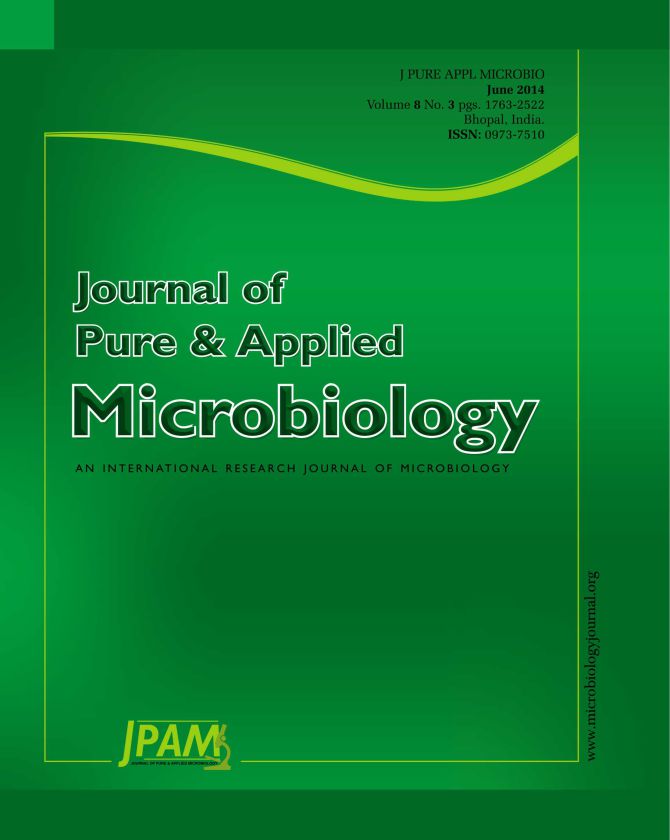Fusarium solani, as the most predominant agent of mycokeratitis, may also occur as a mixed infection with HSV. Furthermore due to similarities in their clinical features, sometimes it leads to misdiagnosis. The aim of this research ,was the rapid and accurate detection of F. solani as a main etiological agent or as a mixed infection in cases suspected to HSV. Accordingly, 65 negative, and 35 positive samples for HSV were collected. LAMP technique with (TEF-1a) as the target gene , was developed for detection of F. solani. The test was carried out in 1-h reaction at 65 °C in a heater block . Using this method for the total, 2 cases among the negative samples were found to be positive for F. solani. All were rechecked by PCR and the results were the same. The specificity of the test was 100% and its sensitivity was one copy of genome. It showed that, both methods were equal for this purpose. However, due to advantages of the LAMP technique, it can be a substitute for PCR, even in low technology laboratories. Besides this can be concluded, some cases suspected to herpeskeratitis ,are related to F. solani, which could be detected by molecular methods.
Fusarium solani, LAMP, HSV, Keratitis
© The Author(s) 2014. Open Access. This article is distributed under the terms of the Creative Commons Attribution 4.0 International License which permits unrestricted use, sharing, distribution, and reproduction in any medium, provided you give appropriate credit to the original author(s) and the source, provide a link to the Creative Commons license, and indicate if changes were made.


